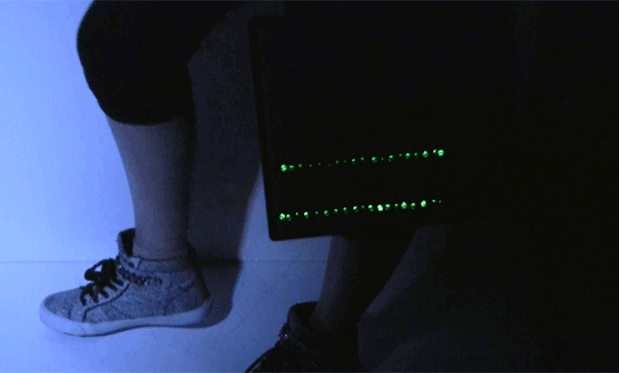Ever since 2012, when Zhong Lin Wang and his colleagues at Georgia Tech developed the first triboelectric nanogenerator (TENG), Wang and his team have been making continual progress in updating the technology so it can better deliver power to small electronic devices. TENGs essentially harvest static electricity from friction.
TENGs consist of two different materials that are rubbed together. In this way, materials that like to give off electrons, such as glass or nylon, will donate them to materials that like to absorb them, such as silicon or teflon. Since rubbing generally results in wear, what Wang and his Georgia Tech colleagues did back in 2012 was arrange the component materials so that they generate electricity when they are pressed together. By corrugating the contact surfaces of the materials, and by pressing them together, the structures enmesh, causing the friction that leads to electricity generation.
Such devices have impressive energy conversion efficiency, but they have thus far been limited to use with rigid electronics. Now Wang and his team have adapted them for use in flexible electronics, thus providing a dependable energy source for bendable, stretchable gadgets that has been sorely lacking.
In research described in the journal Science Advances, the Georgia Tech researchers adapted the TENG device by combining a conductive liquid electrode and a flexible, rubber elastic cover. So successful have the researchers been at making the nanogenerator flexible that they have given it a new name: shape-adaptive TENG, or “saTENG”.
“The key difference of this work from our previous work is using a conductive liquid instead of a conductive solid as part of the TENG,” said Wang in an e-mail interview with IEEE Spectrum. “As a result, the entire structure is fully flexible, adaptable, and can fit to any geometrical surface.”
The researchers claim that the material can be stretched as much as 300 percent without any degradation in nanogenerator’s performance. To demonstrate just how adaptable and flexible the TENG device is, the team attached it to a person’s shoe so that whenever the wearer took a step, the shoe produced enough electricity to power more than 80 LED lights. They also shaped it like a bracelet; just about any movement of the wearer’s arm was enough to power the LEDs.
The researchers also found that water could be used as the liquid electrode; the movement of the water creates its own mechanical energy that can be extracted. This opens up the potential for using TENGs as energy harvesters in new and yet-to-be-discovered applications for flexible electronics.
Wang said that the biggest challenge he and his team faced with the new saTENG was establishing a stable output for the system. “This took us a while to figure out,” he acknowledged.
Wang says the demonstration of this latest device is not the final step. “We will study its medical and healthcare application. This is an area in which such a device can be very important.”
Imagine a pacemaker that draws current from a tiny device that generates energy with each heartbeat.
Dexter Johnson is a contributing editor at IEEE Spectrum, with a focus on nanotechnology.



